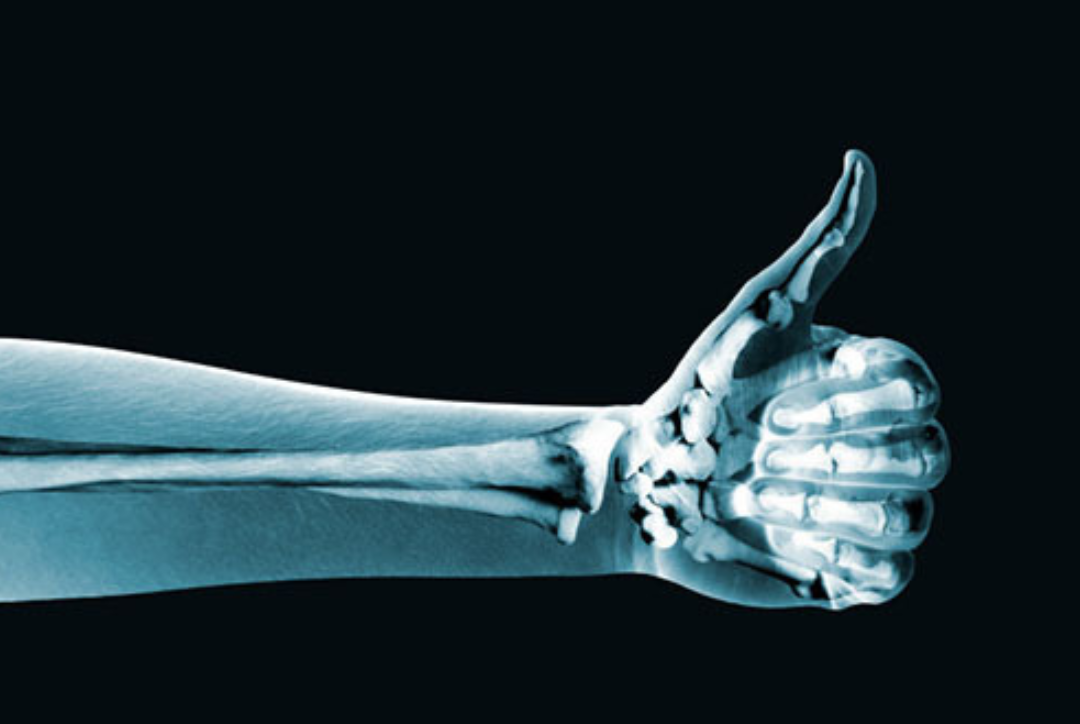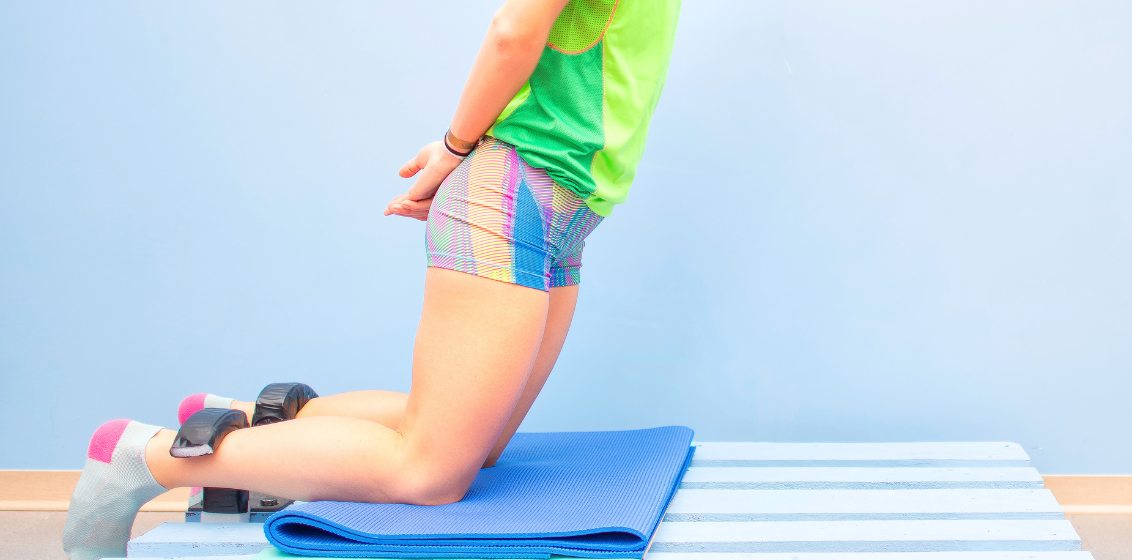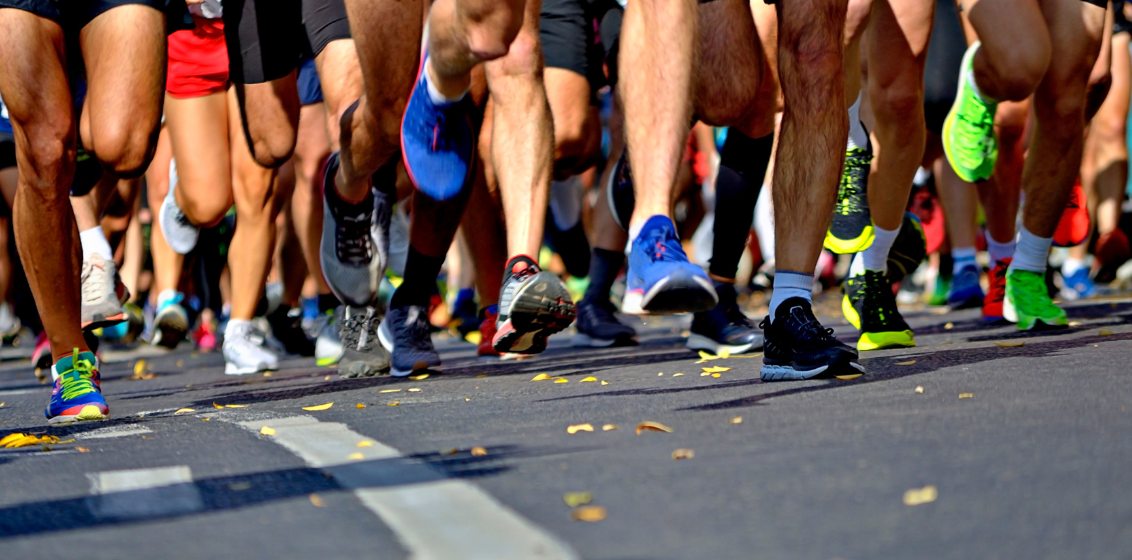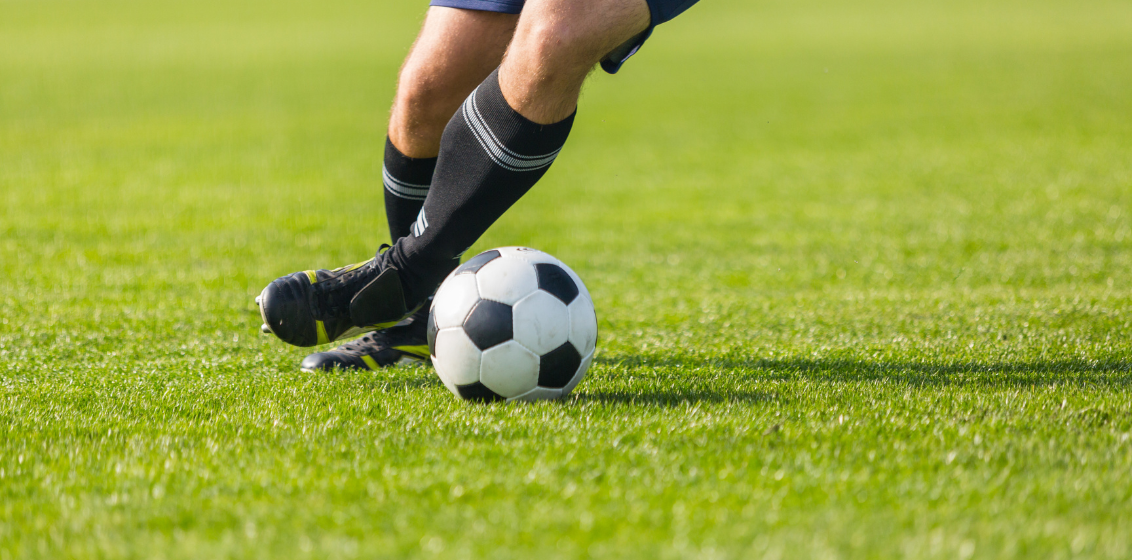5 Reasons why you don’t always need an Xray, Ultrasound or MRI

Following an injury, patients often ask us “Do I need a scan?”, or delay coming to see us until they get one. Jay McGuinness argues that there are some very good reasons for NOT having X-rays or other expensive scans for the majority of injuries a Physio sees. Here’s 5 reasons you shouldn’t always have an Xray, Ultrasound or MRI
1. It’s probably unnecessary for the majority of muscle and joint injuries.
We see stacks of people who come to us 2 weeks after an ankle sprain and they’ve had an X-ray and Ultrasound of their ankle, they’ve been put in a boot and they ask if they should also have an MRI. The answer is no, and it was probably no to the X-ray and the Ultrasound and the boot as well. If you sprain your ankle you strain or tear ligaments in your ankle. Apart from using our ears and eyes, we have highly calibrated instruments, called bony thumbs, which we use to detect how many ligaments you have damaged. An ultrasound will always show ligament damage if you’ve sprained ankle ligaments. Thanks Captain Obvious.
2. It doesn’t help us identify what’s causing your pain.
Unless you are quite young, sophisticated imaging like MRI will show us a lot of “findings”. Most of these are like grey hair or wrinkles, simply a measure of the number of laps of the sun you’ve completed. “Age-related changes” like partial rotator-cuff tears, lumbar disc degeneration and degenerative meniscal tears can be present inside you for decades not causing any pain whatsoever and are perfectly normal to see on imaging. For example, Disc degeneration is seen on 68% of the MRI’s of 40 year-olds with no lower back pain. Basing treatment like surgery, immobilisation in a boot or arthroscopy based off these scan results is unfortunately common.
3. It’s not always that accurate
Taking the pictures and reporting the findings is a technical, highly skilled endeavour. Scans are only as good as the person taking the shots or looking at the scans to write a report. A recent study performed 10 MRI scans at different centres on the same woman with sciatic pain. The 10 MRI’s only had 20% agreement on the results, missed 45% of the findings and found 49 different problems! Does this make our job easier, or harder, to decide what to do next?
4. It can make you worse.
Having unnecessary investigations and being told you have the “back of a 70 year old”, or “bone on bone arthritis” subconsciously and consciously changes the way your injury or pain is managed from then on. Apart from being sent for unnecessary surgery, over the top medical management and rest, people adopt protective, harmful behaviors, move less, become weaker, stiffer and less resilient after having a scan showing what are normal changes for someone their age. One study showed 40 year old men who have vanilla-flavoured acute low back pain and have an MRI take more than 2 years to recover and return to work compared to 3-4 months for those with no MRI.
5. It can delay the right treatment
Waiting to have an MRI can cost you a month of vital rehab time. Instead of starting the right treatment straight away, we start behind the 8-ball with a stiff, weak and tentative body part and some really unhelpful compensation strategies that take a long time to reverse. Wearing a boot for a month for an ankle sprain is a common example of this
So what do we do instead of sending for expensive, unneeded scans straight away:
- We listen to your story thoroughly and examine your injury properly. Most of the important information we receive comes out of your mouth if we ask the right questions and give you time to talk
- We use validated decision making to decide who needs a scan. There are injuries that need to be scanned acutely, like a suspected broken ankle, a high ankle sprain or spinal trauma. Once we hear and see the right warning flags in step 1, we refer you for the right scan or the right specialist. Otherwise we will start treatment straight away (Day 1 for an ankle sprain!) and only scan if you don’t get better by the right time frame.
- We make time to explain the scans you’ve had already. We try and help you understand that all the big words on your MRI report would probably be present in your other side and in 90% of people your age and that exercise is usually a great choice to get you moving again. We love seeing 70 year olds with “full thickness rotator cuff tears” lift their arms overhead after a month of strength work instead of 6-12 months of misery after a rotator cuff repair operation.
In general, we “treat the man not the scan, or the chick not the pic?”



